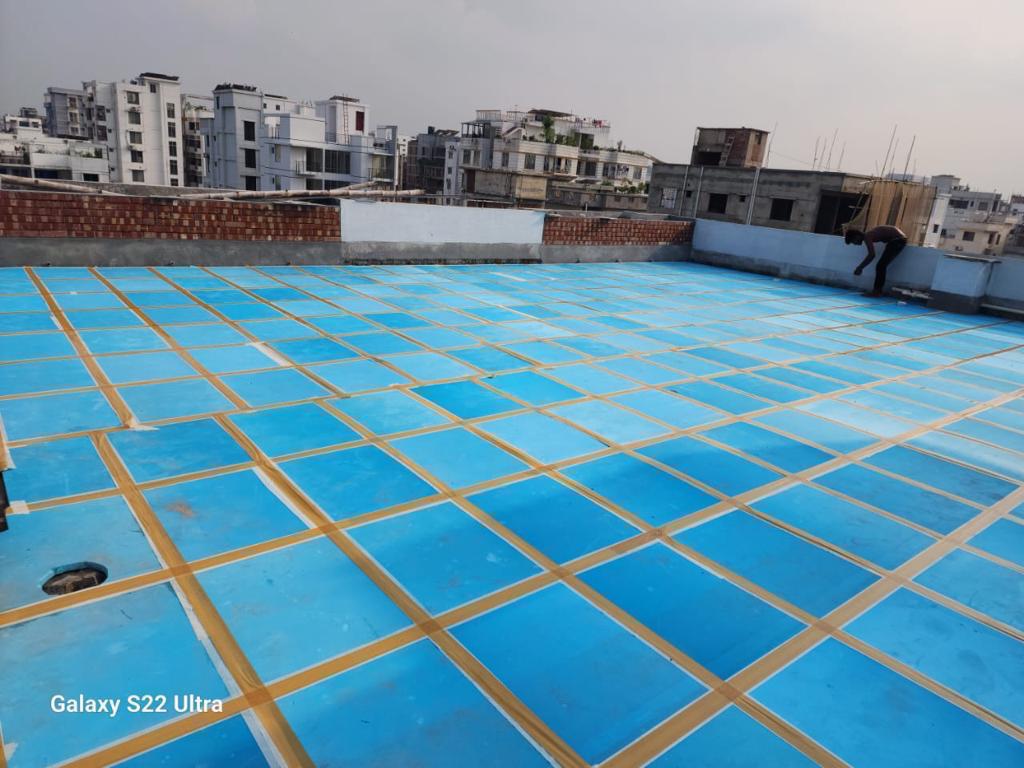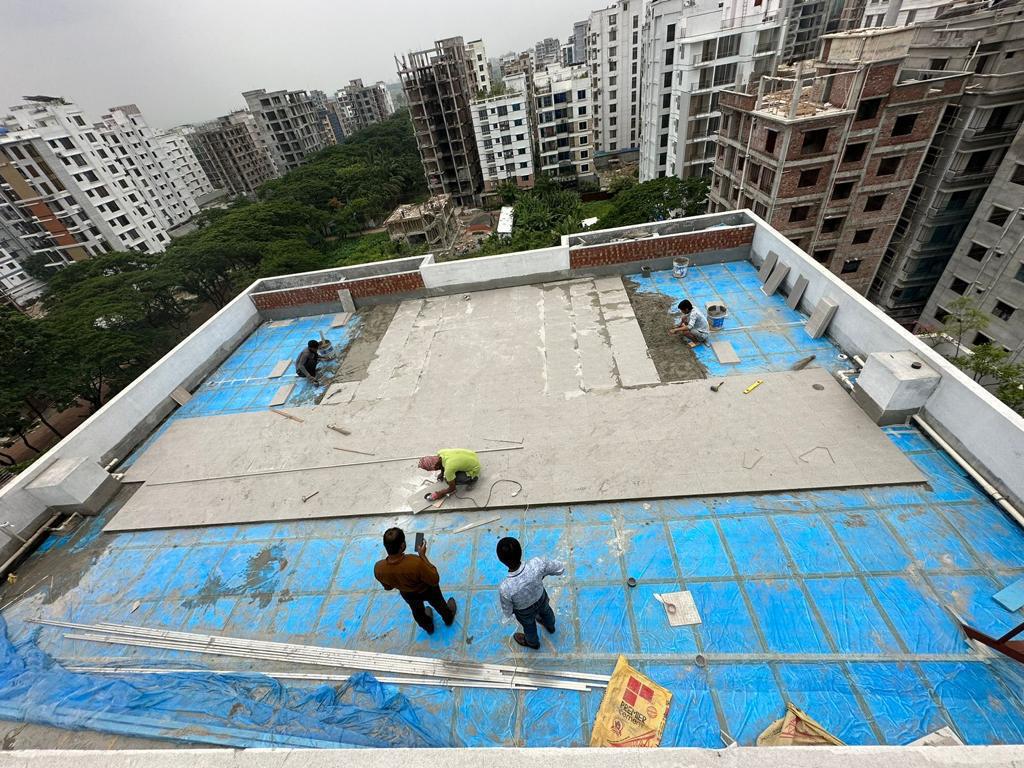Bangladesh has a tropical climate, so it gets very hot there often. This makes it more important than ever to find good heat isolation options. Increasing temperatures make houses less comfortable. They also make people use more energy. Because of these problems, First Tech BD has become a top company for advanced heat proofing services in Bangladesh. This helps people and businesses make places that are more comfortable and use less energy.


The temperature and humidity levels in Bangladesh are very high, especially in the summer. Because of this weather, living and working conditions can become uncomfortable. So property owners need to spend money on good heat proofing services in Bangladesh. The people at First Tech BD know how important it is to make spaces. That is good for health and work.
First Tech BD is an expert at putting reflective roof coatings. That keeps heat from absorbing by reflecting sunlight. Because these coats act as a barrier. They stop heat from moving into the building. This keeps the temperature inside cooler. At the same time, this makes air conditioners work less hard, which saves energy.
First Tech BD improves the thermal protection of buildings by using cutting-edge materials for insulation. These materials stop heat from moving. so the insides stay cooler in the summer and warmer in the winter. This makes things more comfortable. It also helps save energy for both heating and cooling.
First Tech BD offers cool roofing systems. They are made to reflect more sunlight and soak up less heat than regular roofing materials. These systems keep the building cooler. They also help the building use less energy generally.
First Tech BD’s heat proofing services in Bangladesh help cut down on energy use. That means lower power bills and a smaller impact on the environment.
Clients can have a more comfortable place to live or work, even when the weather is bad.
Investing in heat proofing services in Bangladesh can save you money over time by making HVAC systems. This will last longer and lower the cost of repairs.
First Tech BD is the best heat proofing service in Bangladesh. They set the standard for success in the field. They are the best because they always put quality first. They use cutting-edge technologies and high-quality products in their work. The skilled and experienced staff at First Tech BD makes sure that their heat-proofing devices are installed correctly. So that they work well and last a long time. Their wide range of services includes cool roofing systems, reflected roof coatings, and insulation materials. It shows that they take a complete approach to meeting all of their clients’ needs. Additionally, First Tech BD focuses on making people and companies more comfortable. It also saves energy, which helps to promote environmentally friendly practices. Because they have a history of doing great work. First Tech BD is the best company for heat proofing services in Bangladesh.